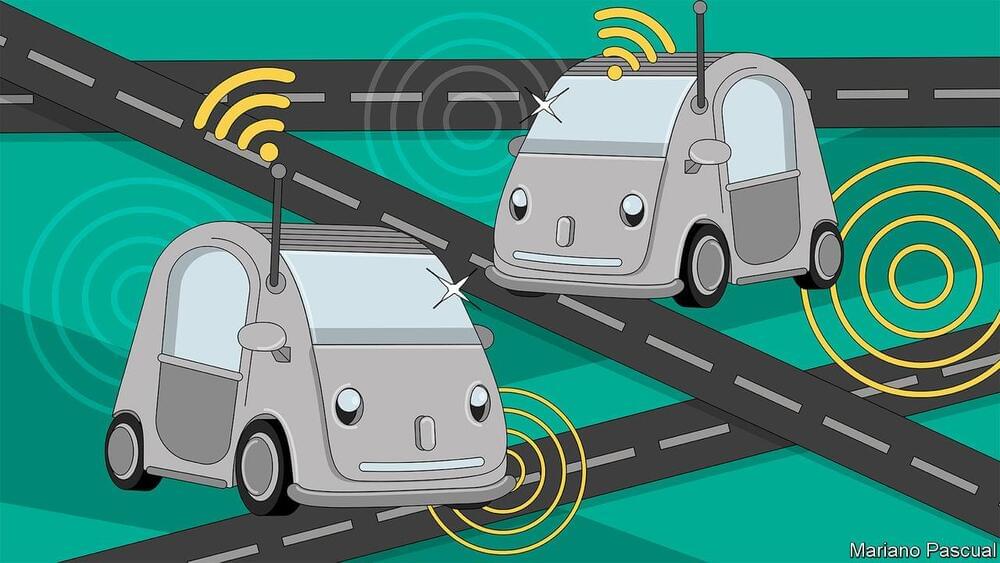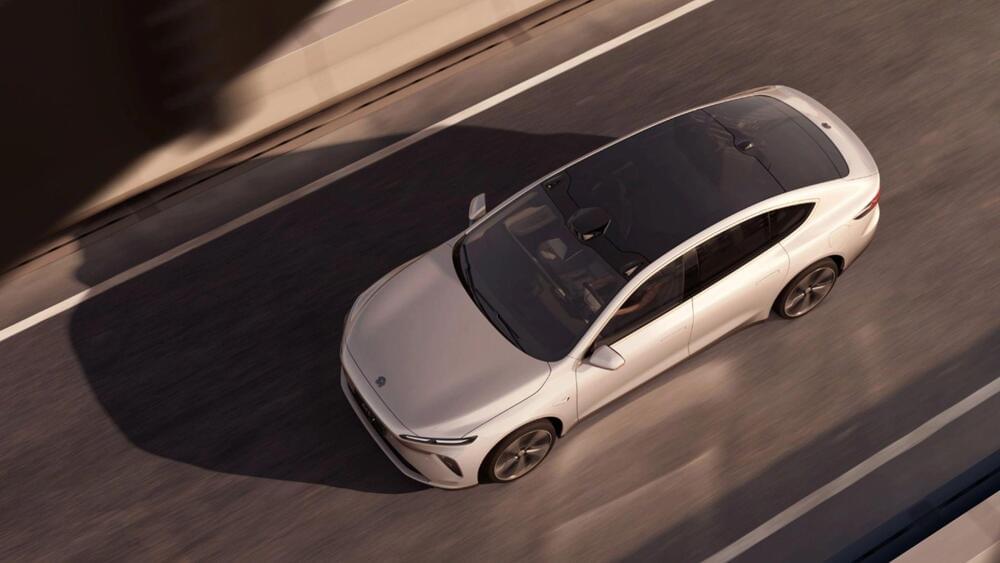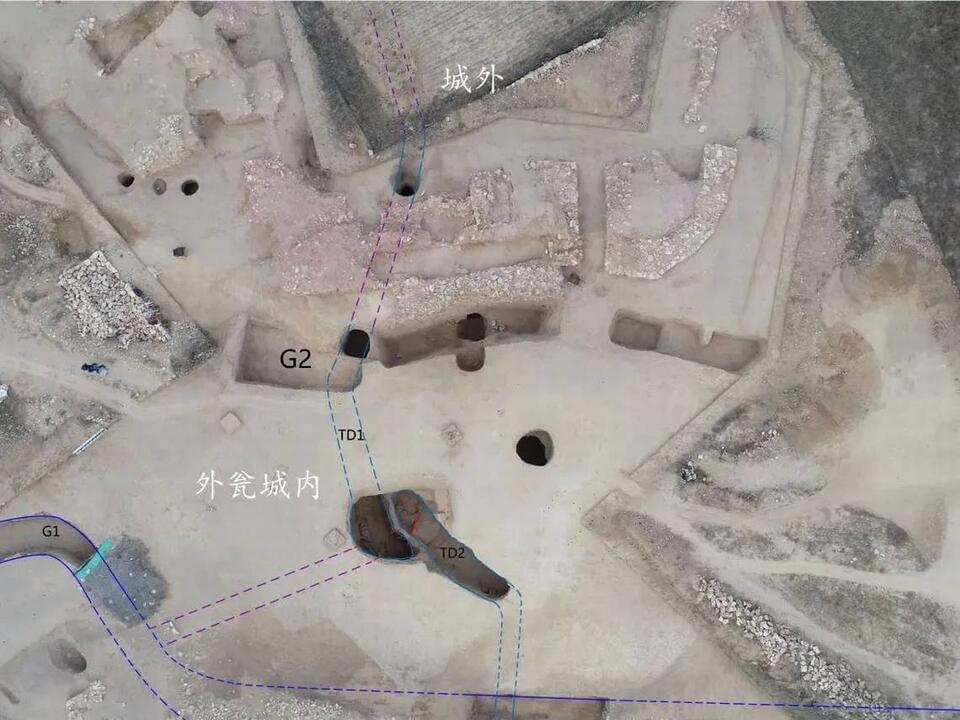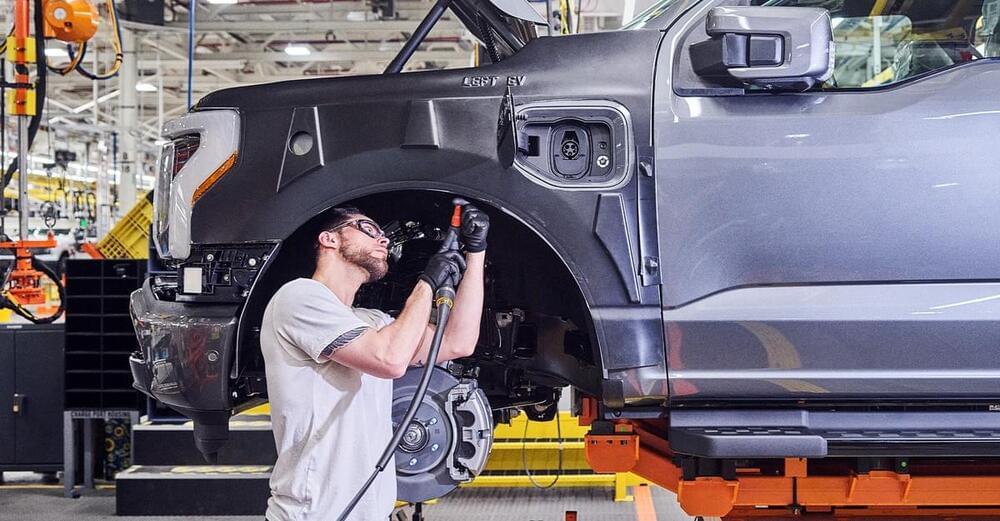Taking a nap behind the wheel on a tediously long drive remains a distant dream. But broad adoption of autonomous vehicles will inch closer in 2024.



Chinese automaker Nio’s flagship electric sedan, the ET7, completed a historic journey of 649 miles (1,044 kilometers) on a single charge. The feat, led by Nio’s CEO William Li, not only showcased the capabilities of the ET7 but also highlighted the advancements in Nio’s cutting-edge battery technology.
CEO William Li’s announcement on Weibo
Nio’s CEO, William Li, took to the Chinese social media platform Weibo to announce the success of the 150kWh battery endurance challenge. He shared, “The 150kWh battery life challenge was completed, with a final score of 1,044 kilometers!” Li emphasized the challenging conditions, including a nationwide cold wave, during the 14-hour journey from Shanghai to Xiamen. Despite starting at a chilly 28 Fahrenheit (−2 degrees Celsius), the ET7 showcased exceptional performance, reaching its destination with 3 percent battery power remaining.
Alter 3 has just been unveiled by the University of Tokyo and its powered by GPT-4, capable of human-like activities and interpreting verbal instructions. Researchers at the Technical University of Munich developed a self-aware robot with proprioception, enhancing its movement and interaction capabilities. The University of Southern California introduced RoboCLIP, an algorithm that trains robots to perform tasks in new environments with minimal instruction. Intel Labs and partners created advanced motor control for robots using hierarchical generative models, significantly improving their ability to perform complex tasks.\
\
Deep Learning AI Specialization: https://imp.i384100.net/GET-STARTED\
AI Marketplace: https://taimine.com/\
\
AI news timestamps:\
0:00 Alter 3 GPT4 powered AI robot\
1:31 Robot self awareness\
3:30 RoboCLIP\
5:22 Motor control for autonomous robots\
\
#ai #robot #technology

During the most recent excavations, archaeologists stumbled on a system of secret underground passageways. They found six intersecting tunnels that functioned as a hidden transportation network.
A photo shows a partial map of the passageways. Other photos show a tunnel entrance and a view inside the well-preserved arched tunnels.
Archaeologists said the tunnels were between about 5 feet and about 20 feet down. Inside, the tunnels were between 3 feet and 6 feet tall and roughly 4 feet wide. Several tunnels passed under the city’s defensive walls and opened to the outside.

Tesla’s FSD V12 wide release has started, with plans to reach higher capability by next year, including the ability to drive through fog and potentially achieve true robot taxi capabilities.
Questions to inspire discussion.
What is Tesla’s FSD V12?
—Tesla’s Full Self-Driving version 12 is a new end-to-end neural network that allows the system to teach itself and learn on its own, with plans to reach higher levels of capability by next year.
The truck, based on an Aebi VT450 Transporter, featured a 320-horsepower electric drive system with a 90-kilowatt-hour battery.

An AI chatbot deployed by a car dealership went off the rails after mischievous users discovered a cheeky exploit, in some cases tricking the bot into offering them the deal of a lifetime: brand new cars for chump change. It’s an amusing but cautionary tale on relying on AIs for front-of-house interactions.
The dealership, Chevy of Watsonville in California, used the chatbot to handle customers’ online inquiries, a purpose it was expressly tailored for.
Chris White, a software engineer and musician, was one such customer. He innocently intended to shop around for cars at Watsonville Chevy — until he noticed an amusing detail about the site’s chat window.

Tesla recorded $500M+ in gross profit from its Energy and Services (Supercharging) segments in Q3 2023. Elon Musk noted how strong energy gross margins were on the call, and insinuated strength in these businesses will continue. I think this is a super exciting development for Tesla investors as the company can smooth out cyclicality in it’s automotive business with consistent profits from its Energy and Services.